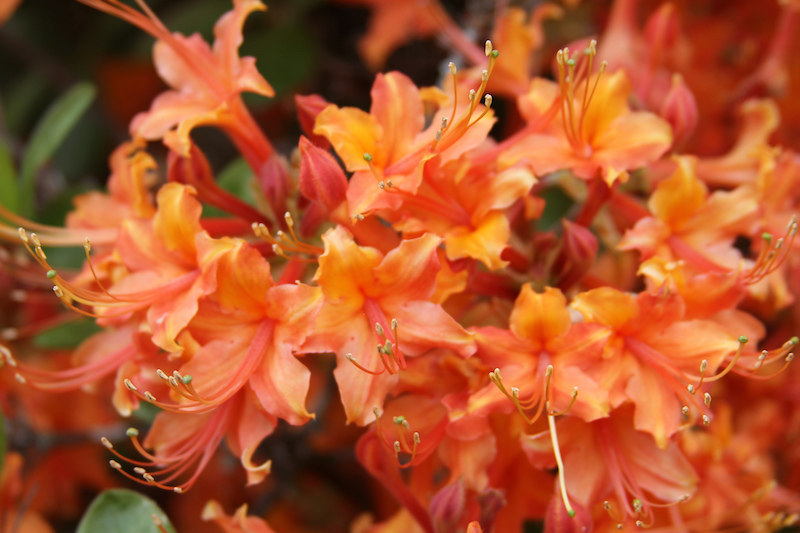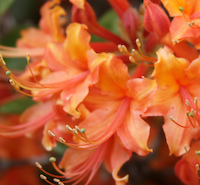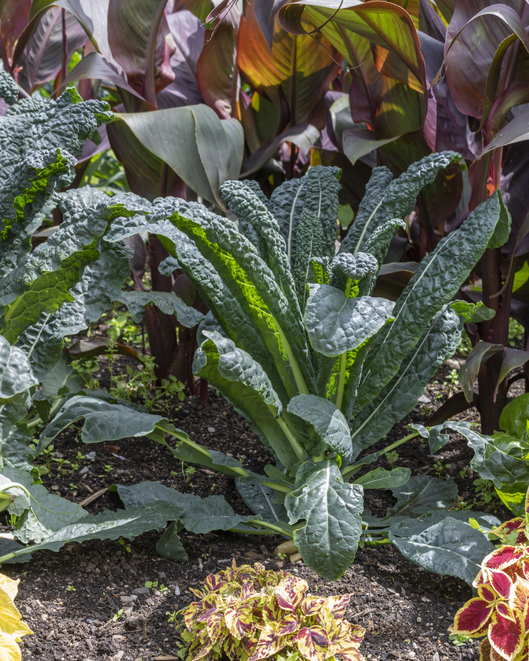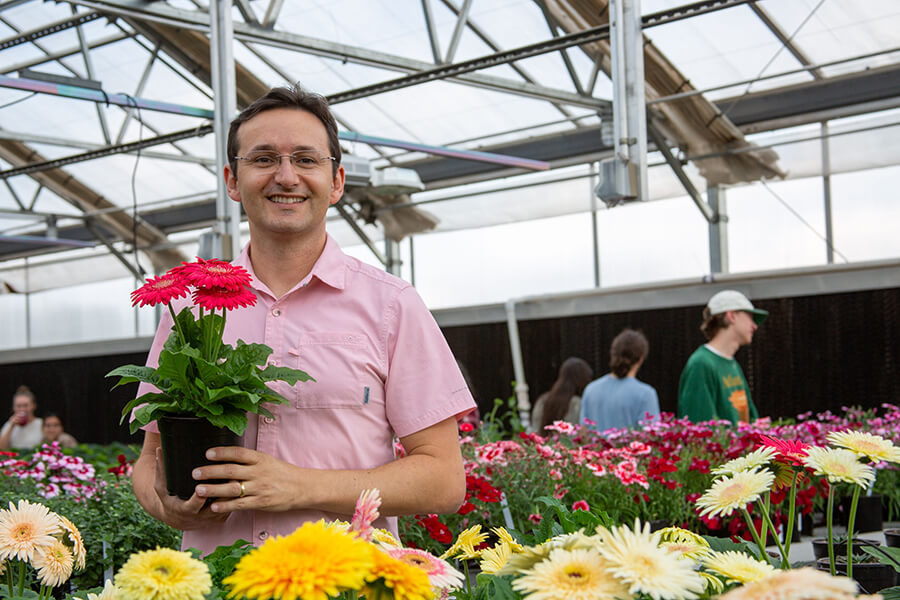Fall and early winter are the best time to relocate large trees and shrubs. Moving established plants from one location to another can change your landscape without costing you money.
Nurseries use tree spades to dig large trees from a field-grown nursery. Unfortunately, this is not the kind of equipment a home landscaper can rent for a weekend project.
The roots of trees and shrubs normally grow beyond the amount of soil a home gardener can move. To keep most of the roots within a small area, plants should be root-pruned in the spring or fall before transplanting. Root pruning is the process of severing the roots of an established plant that is going to be transplanted to encourage growth of new feeder roots along the root ball.
Plants moved in the fall (October or November) should be root-pruned in March. Those moved in spring (March) should be root-pruned in October. Root-prune after the leaves have fallen from deciduous plants in the fall or before buds break in the spring.
To root-prune, mark a circle the size of the desired ball around the tree or shrub. Next, dig a trench just outside the circle. Cleanly cut larger roots and backfill the trench with the available soil. Water the area to settle disturbed soil and provide adequate moisture.
Roots within the pruned area grow many new fibrous roots, and form a strong root system within a confined area. If not root-pruned, larger plants may die from transplant shock because of root loss.
Shrubs less than 3 feet tall and deciduous trees less than an inch in trunk diameter (measured 6 inches above the ground) may be moved bare root. "Bare root" means most or all of the soil is removed from the roots.
Bare-root plants are easier to handle than those with a ball of soil around the roots. Bare-root plants should be planted while dormant. It is best to immediately replant. If not, keep the roots moist in peat moss or wrapped in plastic or wet papers until you are ready to plant.
To move trees with soil attached to the roots, trim the root ball to the proper size and shape with a spade. Keep the back side of the spade toward the plant, round off the trimmed ball at the top and taper it inward toward the base.
Avoid loosening the soil around the roots by cutting the large roots with hand or lopping shears and the small roots with a sharp spade. Next, undercut at an angle of about 45 degrees to loosen the root ball from the soil and sever remaining roots.
Prepare the new site before transplanting a tree or shrub. Have the soil tested and follow recommendations. Don’t use fertilizer that contains nitrogen for the first year after transplanting.
Dig the new hole 50 percent wider than the soil ball to loosen the surrounding soil and ensure good root establishment. The root system should be at the same depth it was before it was moved.
Research has shown that adding soil amendments to the planting hole will not provide any benefits to newly planted trees or shrubs. Most studies show amendments can create drainage issues and cause poor root establishment.
When moving the plant to its new home, lift trees and shrubs by the root ball. Never carry a tree by the stem. This can damage underlying bark tissues. Place the plant in the hole and backfill with existing native soil.
Maintain constant moisture, not saturation, of the root ball. Add 2 to 3 inches of mulch to help conserve moisture, moderate temperature extremes and reduce weeds. Keep mulch away from the trunk of the plant.
For more research-based advice on landscaping projects, read University of Georgia Cooperative Extension publications at extension.uga.edu/publications.








